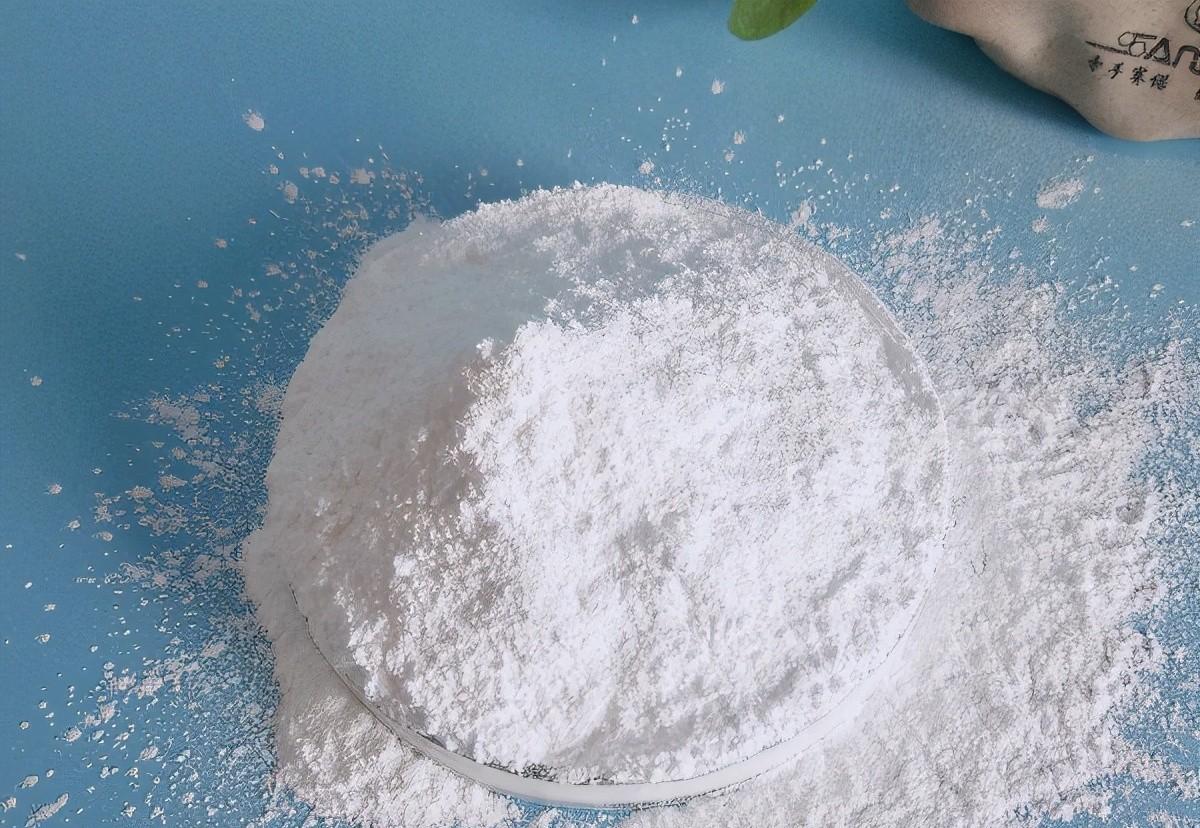Stearic acid, or octadecanoic acid, is manufactured by hydrolysis of oils and fats, and is key to the production of polyether salts. The melting point is 69.6 °C, which is a main component of the composition of motion and grease. Appearance: Pure product is a small crystalline crystal of white with a little luster. Melting point: 71. 5-72°C69.6°C Melting Point: 232°C (2.5kPa) Open Flash Point: 220. 6°C spontaneous ignition point:444. 3 °C Reliability: 360 °C dissolved (another material called 376.1 °C) Toxic side effects: non-toxic melting status: insoluble in water (at 20 °C, only 0.00029g in 200 ml of water). Dissolve cold alcohol slightly. Dissolve toluene, benzene, medical ether, chloroform, carbon tetrachloride, sulfur dioxide, chloroform, chloromethane, hot alcohol, xylene, glacial amyl acetate, etc. Other: Gradually evaporates at 90-100 ° C. The basic laws of organic chemistry with general organic chemistry carboxyl groups. Polyether is widely used in the production and manufacture of PVC plastic pipe fittings, plates, aluminum profiles and plastic films. It is a PVC halogen-free flame retardant with very good wetting and good light and heat stabilization effect. In plastic PVC pipes, polyether is conducive to avoiding the 'coking plant' in the production process, adding a reasonable halogen-free flame retardant in the production and processing of PVC plastic films, and at the same time being able to defend against the discoloration of the finished plastic film caused by the violent placement of sulfates.

PE wax is pe-WAX, a very low relative molecular mass high-pressure polyethylene. Polyethylene wax is generally divided into oligomer wax, crack wax, convergence wax and its blended wax four kinds, China's production and manufacture of a wide range of oligomer wax, other crack wax, convergence wax and blended wax is mainly overseas production and manufacturing more, convergence wax performance theory analysis is better than crack wax, the actual application depends on the compatibility of commodities. Generally, the key is to improve the fluency of isoprene rubber and plastic, improve fillers, modifier dispersibility, etc., and is also used as an internal lubricant for raw materials for rubber and plastic products. Main features: with low viscosity, high soft point, good strength and other properties, non-toxicity, good heat resistance, low high temperature volatiles, dispersion of the color paste, not only excellent external wetting, but also a strong internal moisturizing effect, can improve the productivity of plastic granulation, good moisture resistance at room temperature, strong chemical resistance, high electrical properties, can improve the appearance of finished products.
Application field: Because it has a very good external lubrication effect and a strong internal lubrication effect, and high-pressure polyethylene, polyethylene, polypropylene and other epoxy resin compatibility characteristics, can be used as a lubricant in extrusion, injection molding, injection production and processing. It can improve the high efficiency of production and processing, avoid and get rid of the bonding of plastic film, pipe fittings and plastic sheets, improve the smoothness and smoothness of finished products, and improve the appearance of finished products. As a thickener for a variety of thermoplastics, thickeners for plastic-filled masterbatches and dissolved masterbatches, it can improve the production and processing performance, surface gloss, wetting and heat resistance of HDPE, PP and PVC. As a lubricant for cable wire insulation material, it can improve the spread of filler, improve the speed of extrusion processing, expand the total flow rate of mold cats, and make mold production convenient. Good light resistance and organic chemical properties, can be used as a medium for colorants, can improve the wear resistance of paint and printing inks, improve the dispersion of colorants and fillers, avoid the sinking of colorants, and can be used as a coating and printing ink. A wide variety of paraffins can be added to enhance its properties. High-quality electrical conductor and insulator performance, added to transformer oil, paraffin or nano-microcrystalline paraffin, so that it becomes soft temperature rise, viscosity and insulation layer performance is improved, can be used for cable wire insulation layer, power capacitors and transformer winding resistance waterproof plating. It can be widely used in the production and manufacture of plastic masterbatches, granulation, plastic steel profiles, PVC pipes, hot sols, vulcanized rubber, leather shoe polish, leather product polishing fluid, cable insulation layer, automotive wax, plastic aluminum profiles, printing inks, injection molding and other commodities.
Paraffin wax is a strange wax obtained from crude oil, shale oil or other asphalt mineral oils, which is a white or light yellow transparent color with a very significant molecular structure.
Paraffin wax is a kind of mineral wax, but also a kind of crude oil wax; it is a grease decompression residue obtained by distilling individuals with petroleum water vapor specially prepared by organic solvent, solvent dewaxing or wax refrigerated crystals, extracting wax paste, and then removing acid by organic solvents, specially prepared blocks or fibrous crystals, also known as crystalline wax. The key quality criteria are the melting point and oil content, the former one indicates the ability to work at high temperatures, and the latter indicates purity.
The key is as a component of food and other products (such as wrapping paper, watercolor pigments, candles, copy paper) and packaging products, baking utensils coated with medical dressings, cosmetic ingredients, used for food preservation, improve the aging resistance and flexibility of vulcanized rubber, electrical components insulation layer, precision castings and other levels, can also be used to convert air oxidation into oleic acid. Classification and main use